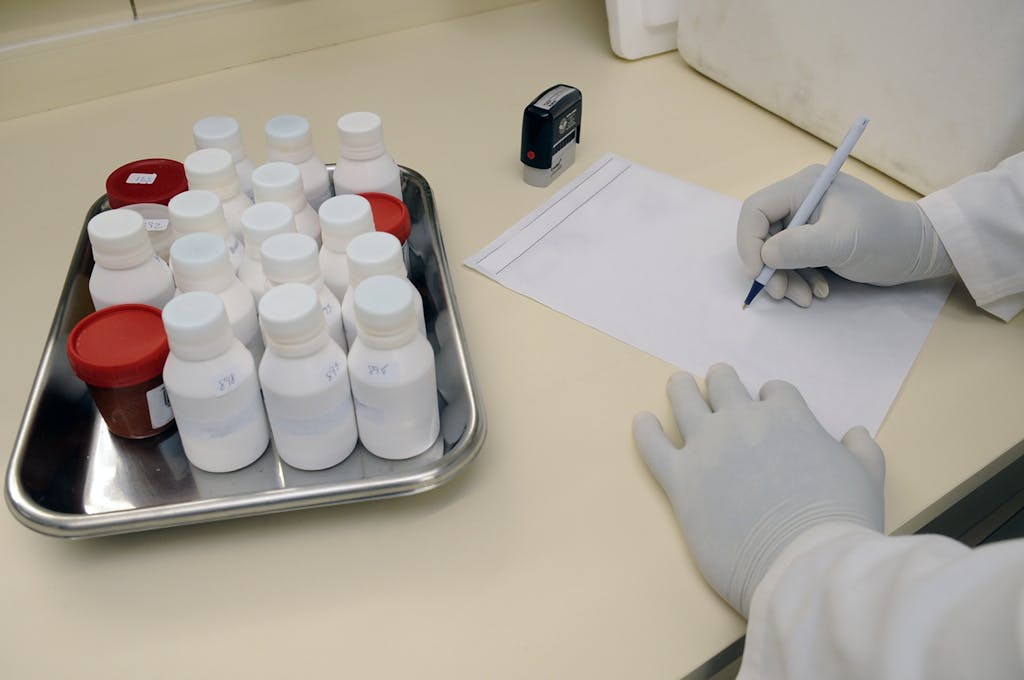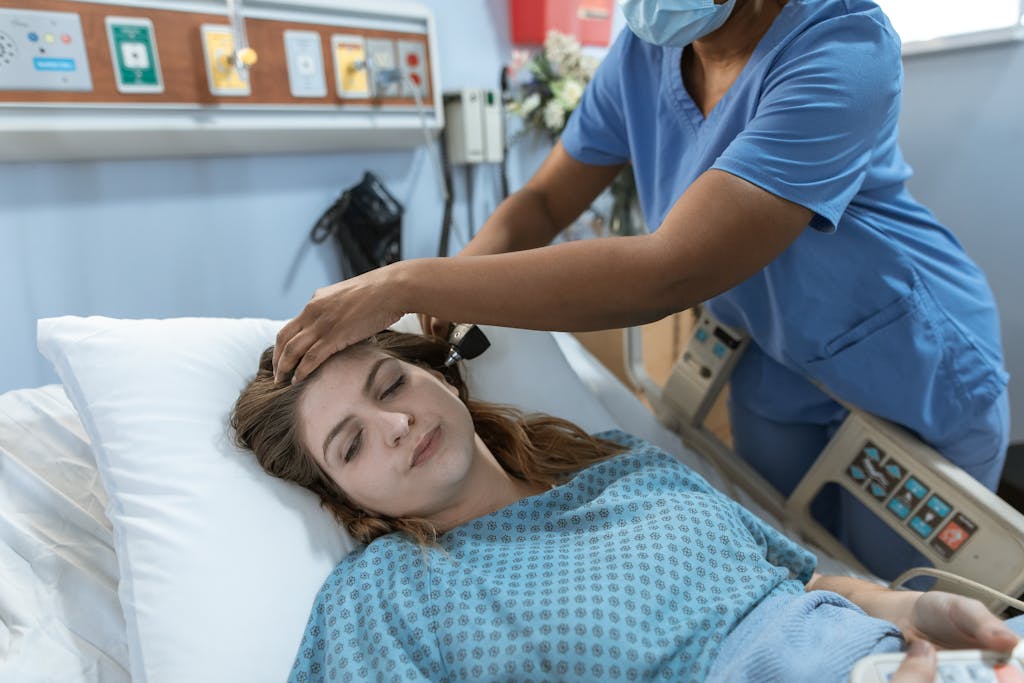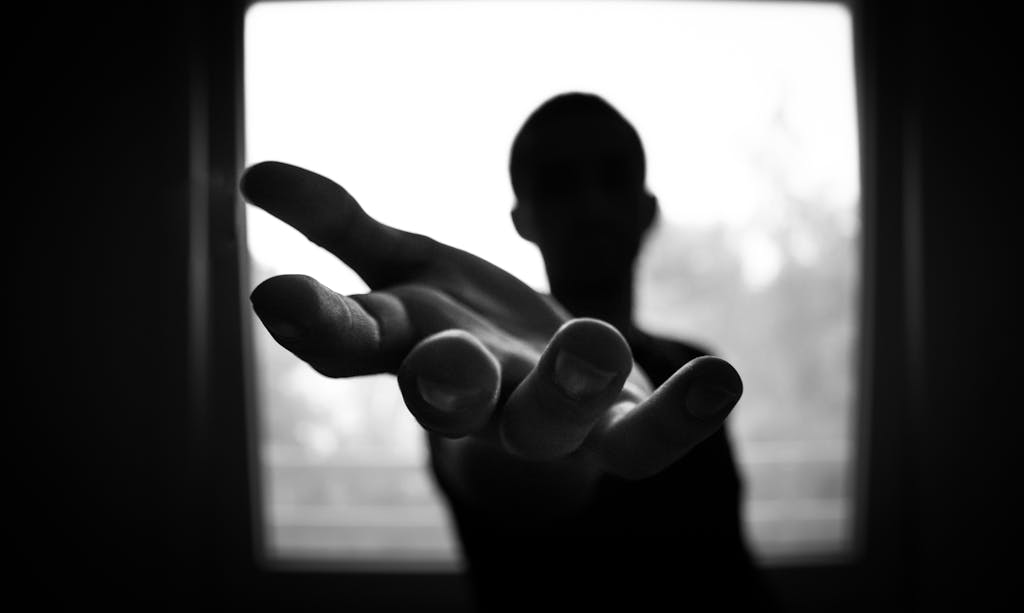Surviving a cardiac arrest is a life-altering event that marks the beginning of a challenging recovery journey. Among the various post-resuscitation complications, headaches are common yet often distressing symptoms. This article overviews headaches following cardiac arrest, their underlying causes, management strategies, and rehabilitation approaches.
Causes of Post-Cardiac Arrest Headaches

- Hypoxic-Ischemic Brain Injury: During cardiac arrest, the brain experiences oxygen deprivation, leading to hypoxic-ischemic encephalopathy (HIE). This can cause headaches due to brain tissue injury.
- Medications: Drugs used during and after resuscitation, such as vasopressors, sedatives, and antiarrhythmics, may have side effects, including headaches.
- Post-Resuscitation Syndrome: This encompasses systemic inflammation, cardiovascular instability, and neurological dysfunction, contributing to headaches.
- Psychological Stress: The emotional and physical stress associated with surviving a cardiac arrest can trigger headaches or exacerbate pre-existing conditions.
- Changes in Cerebrovascular Dynamics: Alterations in blood flow and pressure within the brain following cardiac arrest can contribute to headache development.
Types of Headaches

Survivors may experience different types of headaches, including:
- Tension-type headaches: Characterised by a constant, dull ache on both sides of the head, often triggered by stress and muscle tension.
- Migraines: These are severe, pulsating headaches that typically affect one side of the head and are often accompanied by nausea, vomiting, and sensitivity to light and sound.
- Cluster headaches are intense, piercing pain around one eye or side of the head, occurring in cycles or clusters.
Diagnosis

Accurate diagnosis involves a comprehensive assessment by healthcare providers, including:
- Patient History: Detailed history of headache onset, characteristics, and associated symptoms.
- Neurological Examination: To assess any focal neurological deficits that may indicate brain injury.
- Imaging Studies: MRI or CT scans to evaluate for structural brain changes or complications like bleeding.
- Electroencephalogram (EEG): To rule out seizure activity that might contribute to headaches.
Management and Treatment

- Medications:
- Analgesics: Over-the-counter pain relievers like acetaminophen or ibuprofen for tension-type headaches.
- Migraine Medications: Triptans or other migraine-specific medications for acute migraine attacks.
- Preventive Medications: Beta-blockers, antiepileptics, or antidepressants for chronic migraine prevention.
- Non-Pharmacological Therapies:
- Physical Therapy: To address muscle tension and improve posture.
- Cognitive Behavioral Therapy (CBT): To manage stress, anxiety, and other psychological factors contributing to headaches.
- Relaxation Techniques: Meditation, deep breathing exercises, and biofeedback to reduce stress.
- Lifestyle Modifications:
- Regular Exercise: Enhances overall health and reduces stress.
- Healthy Diet: Balanced nutrition to support recovery and reduce headache triggers.
- Adequate Hydration: Proper hydration is crucial, as dehydration can contribute to headaches.
- A headache diary can help identify triggers and patterns, aiding in more effective management.
Rehabilitation Approaches

Rehabilitation for patients experiencing post-cardiac arrest headaches should be individualised, focusing on the following:
- Neurological Rehabilitation: Engaging in therapies that improve cognitive and physical function, including occupational and speech therapy.
- Pain Management Programs: Comprehensive programs that include both pharmacological and non-pharmacological approaches.
- Support Groups: Joining support groups for cardiac arrest survivors to share experiences and coping strategies.
When to Seek Immediate Medical Attention

While headaches are common post-cardiac arrest, specific symptoms warrant immediate medical attention:
- Sudden, severe headache unlike any experienced before
- Headache accompanied by fever, stiff neck, confusion, or vision changes
- Headache following a head injury
- Persistent or worsening headaches that don’t respond to treatment
In Summary
Headaches following cardiac arrest are a common challenge for survivors and can significantly impact their quality of life. However, individuals can achieve substantial relief and improvement with proper diagnosis, management, and rehabilitation. A collaborative approach involving neurologists, rehabilitation specialists, and mental health professionals is essential for optimizing outcomes.
Survivors should be encouraged to communicate openly with their healthcare providers about their symptoms to ensure comprehensive care and support. Remember that each person’s recovery journey is unique, and personalised treatment plans often yield the best results.
